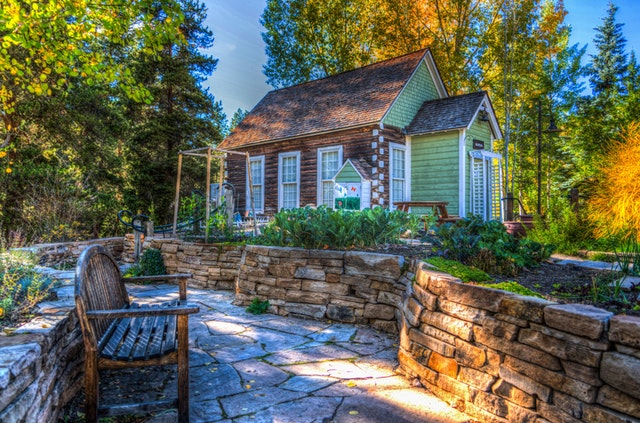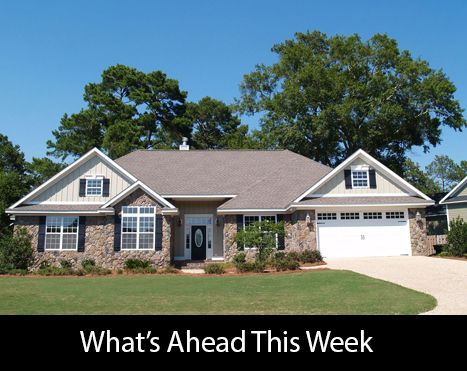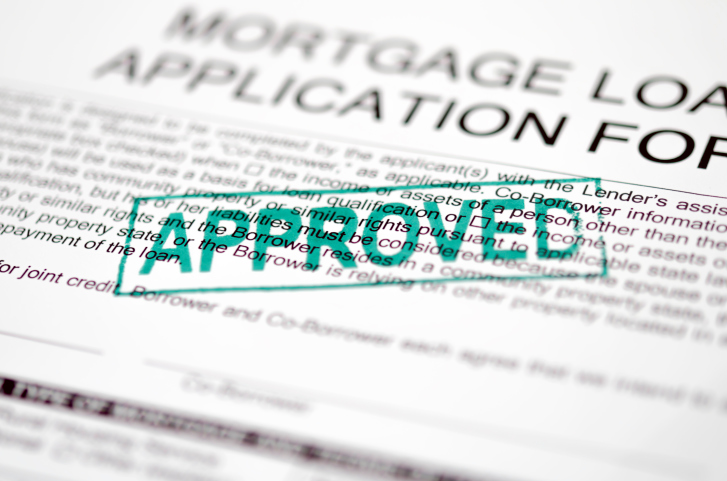 According to the National Case-Shiller Home Price Index for June, U.S. home prices rose 4.30 percent year-over-year, which was unchanged from May’s year-over-year home price growth rate. Home prices are expected to continue growing through 2020 as businesses reopen and COVID-19 restrictions ease.
According to the National Case-Shiller Home Price Index for June, U.S. home prices rose 4.30 percent year-over-year, which was unchanged from May’s year-over-year home price growth rate. Home prices are expected to continue growing through 2020 as businesses reopen and COVID-19 restrictions ease.
Case-Shiller’s 20-City Home Price Index for May showed Phoenix, Arizona held the top spot with 9.00 percent year-over-year growth; Seattle, Washington followed with 650 percent growth in home prices. Tampa, Florida maintained its third-place position with 5.90 percent year-over-year home price growth. Five of 19 cities reporting in the 20-City Index showed a higher rate of home price growth. Wayne County, Michigan, which includes the Detroit metro area, did not provide information for June’s 20-City Home Price Index.
Craig Lazzara, managing director and global head of investment strategy at S&P Dow Jones Indices, wrote: “As has been the case for the last several months, home prices were particularly strong in the Southeast and West and were comparatively weak in the Midwest and Northeast.”
Short Supply of Single-Family Homes Continues to Fuel Rising Home Prices
Continued shortages of homes for sale and rising demand for homes caused home price gains in June. Analysts said that while low mortgage rates encouraged buyers to enter the market, overall housing market conditions did not contribute to affordable home prices. Analysts expressed concern that potential buyers were calculating affordability based on principal and interest payments and were not considering other costs of homeownership including taxes, hazard insurance, and mortgage insurance premiums that could be added to their monthly loan payments.
High home prices, COVID-19and ongoing unemployment, and decreasing growth in rental rates are obstacles to continued growth in home prices. Quarterly data published by the Federal Reserve Bank of St. Louis shows how average home prices have fallen in 2020. The national average price of a new home in the first quarter of 2020 was $383,000; in the second quarter of 2020, the average price of a new home was $368,000.
Average New Home Prices Fall in All U.S. Regions
Average regional U.S. home prices fell from the first quarter to the second quarter according to the Federal Reserve Bank of St. Louis. In the Northeast, the average price of a home fell to $622,000 from 645,200. The average price of a new home fell from $337,000 to $319,200 in the Midwest and fell from $325,300 to $315,500 in the South. The West had the highest average new home price in the second quarter of $459.900, but this was lower than the average new home price of $471,300 in the first quarter of 2020.
 In some homes, garages are used only for car storage. They may appear to be bare and without real functional use for homeowners. However, other garages may be an envy of the neighborhood – they may have floor to ceiling shelving systems, and they may be the picture-perfect image of organization.
In some homes, garages are used only for car storage. They may appear to be bare and without real functional use for homeowners. However, other garages may be an envy of the neighborhood – they may have floor to ceiling shelving systems, and they may be the picture-perfect image of organization. Last week’s economic news included readings from Case-Shiller on home prices, the National Association of Home Builders Housing Market Indices, and sales of previously-owned homes. Readings on housing starts and building permits issued were released. Weekly reports on mortgage rates, new and continuing jobless claims were also published.
Last week’s economic news included readings from Case-Shiller on home prices, the National Association of Home Builders Housing Market Indices, and sales of previously-owned homes. Readings on housing starts and building permits issued were released. Weekly reports on mortgage rates, new and continuing jobless claims were also published. The internet has changed how many people shop for a home and one of the most important issues that people will face is whether to fill out a home loan application online or offline.
The internet has changed how many people shop for a home and one of the most important issues that people will face is whether to fill out a home loan application online or offline. Recently, the local region’s subcommittee held a meeting using videoconferencing and discussed a new version Home Buyer Assistance Program. The Home Buyer Assistance Program has been designed to help first-time homebuyers by providing a down payment of up to $25,000. The funding for the Home Buyer Assistance Program is going to come from the city’s reparations fund.
Recently, the local region’s subcommittee held a meeting using videoconferencing and discussed a new version Home Buyer Assistance Program. The Home Buyer Assistance Program has been designed to help first-time homebuyers by providing a down payment of up to $25,000. The funding for the Home Buyer Assistance Program is going to come from the city’s reparations fund.